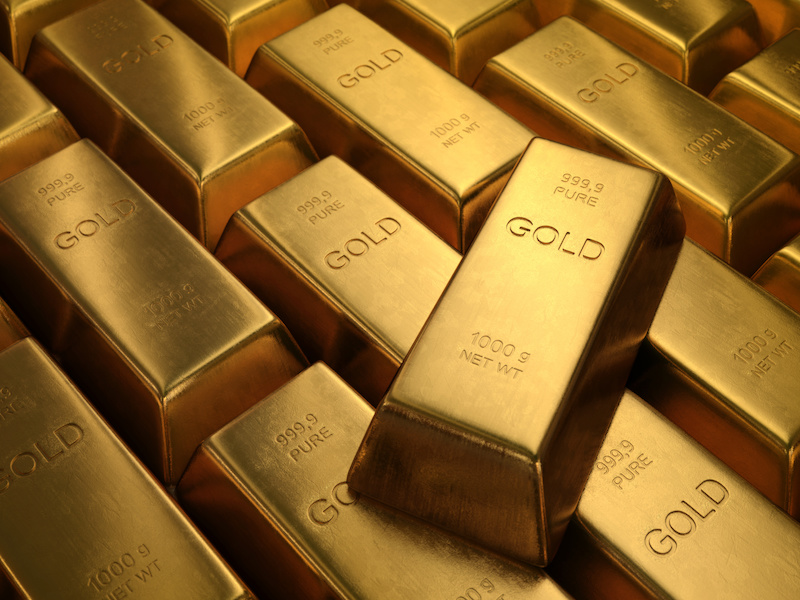

Since the mid-1970s, gold prices have increased in periods when investors were concerned about future inflation.
Currently, gold prices are near highs comparable to January 1980, when concerns about stagflation were prevalent, and to August 2011, during widespread concerns about the impacts of quantitative easing.
A new paper by Claude Erb, a retired managing director at TCW Group Inc., Campbell Harvey, a finance professor at Duke University, and Tadas Viskanta, director of investor education at Ritholtz Wealth Management LLC, argues that the real price of gold today is expensive and that the historical evidence shows that gold is an unreliable inflation hedge.
Read: Back to basics on currency hedging
From January 1980 to the beginning of 1985, inflation averaged 6.3 per cent per year, while the nominal price of gold fell 55 per cent and the real, inflation-adjusted price of gold fell 65 per cent, noted the paper. And from August 2011 to August 2016, inflation averaged 1.2 per cent per year and the nominal price of gold fell about 28 per cent, while the real price of gold fell about 33 per cent.
“Currently, some are concerned that the fiscal and monetary policies implemented in the U.S. to counter the economic impact of the COVID-19 pandemic will be inflationary,” the paper said. “If gold did not reward inflation fear in 1980 and 2011, why should it reward inflation fear now?”
The real price of gold has fluctuated since the beginning of gold futures trading in 1975, noted the paper, and real gold prices may matter for those who want to view gold as an inflation hedge. But exchange-traded funds have led to a “massive passive” wave of gold ownership, which may introduce a period “irrational exuberance.” Particularly, the rise of gold ETFs could potentially lead to higher peaks and lower troughs for the real price of gold relative to the past.
Read: CPPIB shedding shares of Canadian gold mine developer
Based on historical data, the real price of gold has been a more important driver of future nominal and real gold returns than the realized rate of inflation, said the paper. Further, it noted gold is too volatile to be a reliable hedge. The gold price volatility is about the same as the S&P 500, whereas inflation volatility is more than 10-times lower.
With peaking gold prices, the paper examined when the expected real price of gold will fall. “For those who want to believe that gold is a bond, the expected real price of gold will fall when, and if, real interest rates rise,” it said. “For those who are intrigued by the influence of ‘massive passives,’ the fall will occur when, and if, the gold holdings of ‘massive passive’ gold investors fall.”
The paper also acknowledged that, while in the past the price of gold hasn’t been an accurate predictor of future inflation, now may be different. “Perhaps this time is different and one economic legacy of the COVID-19 will be a decade of high inflation. Just as in 1980 and 2011, an expectation of high future inflation is already built into the price of gold. What happens to the price of gold over the next decade will largely be determined by what happens to the real price of gold.”
Read: Caisse buying return royalty on gold at Quebec-based mine
